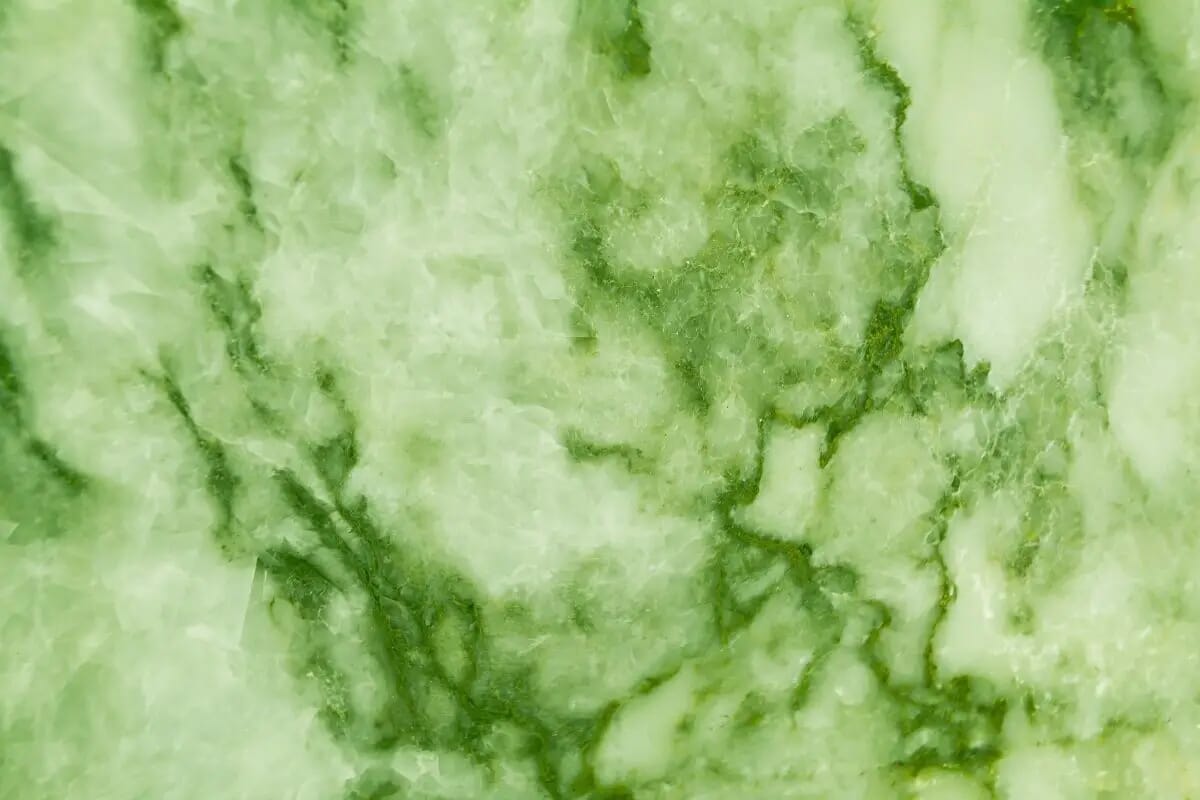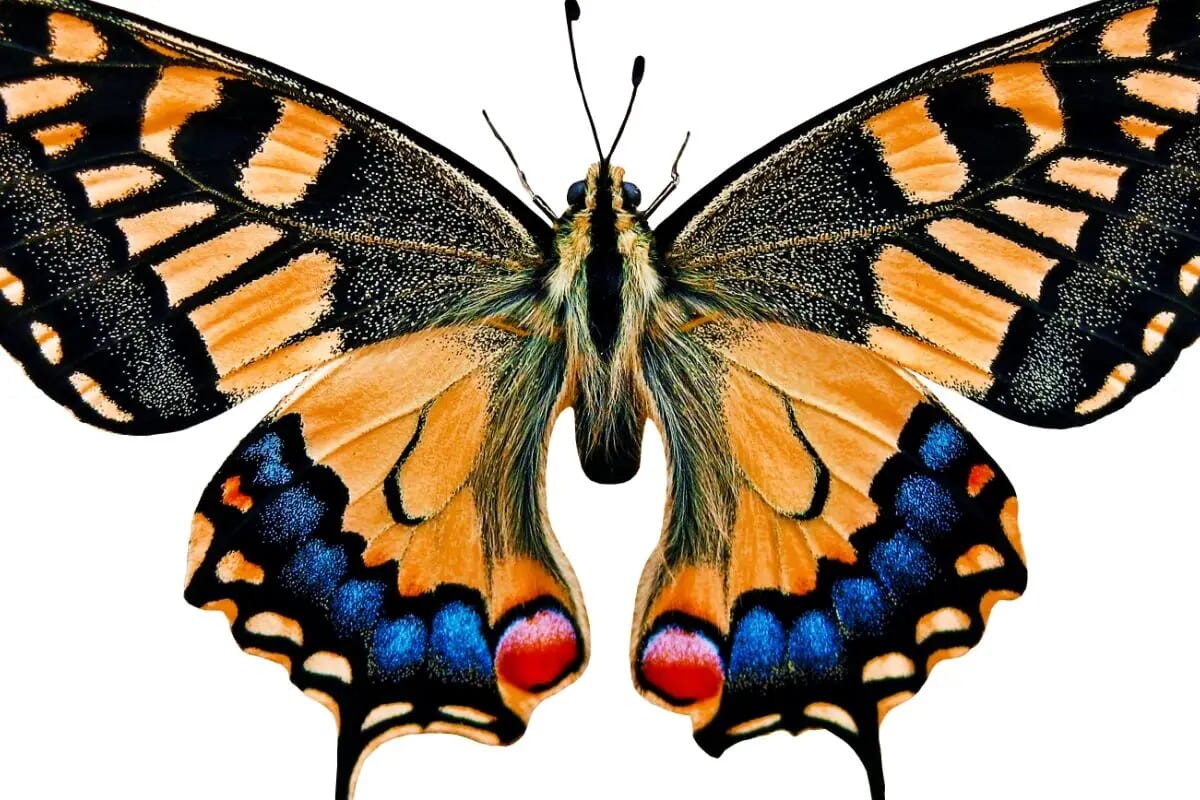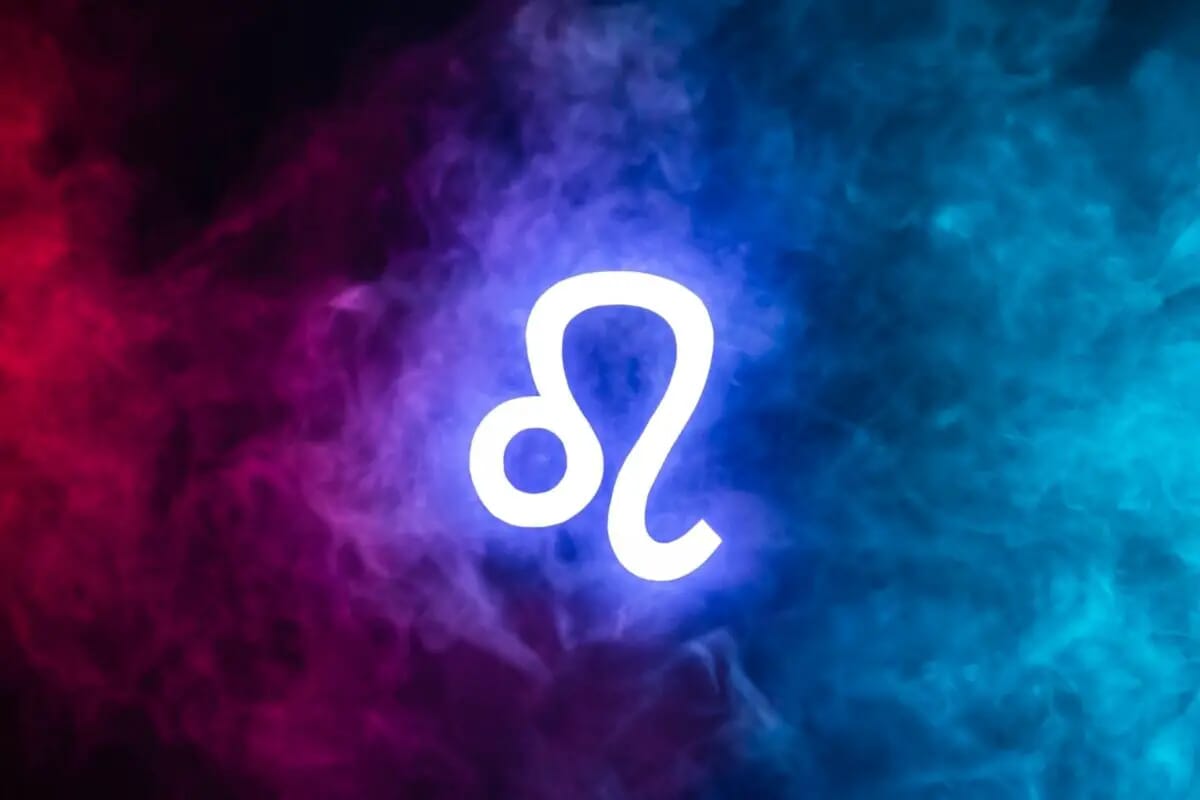Last Updated on October 3, 2023
What is the purpose of color? We see color everywhere, every day, but what is the meaning behind color? What exactly, does color symbolize? Find out more about the color meaning.
We use colors for many reasons. It can impact how an individual, or a group — reacts to information, a person, or even a product.
Color can affect much of our decisions, and this tends to be an unconscious act.
Most people tend to react to colors, everyone has an individual reaction. Colors evoke a certain mood, emotion, or action in these individuals.

Color is a powerful tool, and is in use to positively, or negatively, influence how we experience the world.
In this article, we will discuss the meaning of color, and the impact symbolization has had on color. This will benefit anyone interested in color therapy, or how color affects humans.
Where Do Color Meanings Come From?
The meaning of color stems from psychology, as well as color symbolism.
Psychologists study how color shapes the behavior, emotions, and feelings of people’s behavior.
Color symbolism describes how colors are symbolic, meaning people will have a preconceived notion about a certain color.
It is better to think about color with regard to cultural symbolism. This is because in each culture, color has a different symbolism.
So you need to be specific about what culture you are referring to in considering color symbolism.
In this article, we will be discussing western color symbolism, but we will also make references to eastern color symbolism.
Color Psychology
Color has a huge impact on the feelings, emotions, and mood of a person.
Studies have shown that color can influence the feelings, emotions, mood, and even attitude of an individual. Most responses to color are unconscious.
This means that many people do not consciously realize that color is affecting their feelings or their attitudes.

One of the most influential figures in color psychology was Carl Jung.
A psychiatrist, who believed that color therapy is an effective tool to help patients express deep parts of their psyche. Jung believed that the selection of color reflects a deeper meaning of an individual’s state.
He also thought that it is also a useful tool in helping individuals recover from trauma, or deal with distress.
RELATED: 10 Relaxing Crystals For Healing Trauma (Including Pictures)
In psychology, the selection of color can reflect an individual’s state of mind, or reference an aspect of their personality.
A very common thought is to simply consider the type of colors you would wear, or associate, with certain moods.
Now, it could be that this has never been a thought that crossed your mind before. However, it is very likely that you wear certain colors when you are in the mood.
For example, the color red is very striking. It is usually an example of boldness, passion, or strength.
Someone who is feeling quite upset, anxious, and depressed, may naturally choose to reject the color red. He instead opt for a color that is less intense, and more relaxing, such as a pale green.
Once an individual becomes aware of his reactions to colors, he can gain a little more control over his reaction.
Occasionally, they will realize that color is already influencing them — and sometimes, this redirects to the unconscious mind.
Other times, anyone may work intentionally to bring more of a one-color to their life, and less of another.
Someone finds the color red to be a very frustrating color and it makes him angry. So, he lessens the use of red to his life.
Likewise, someone found the color pink to be relaxing and help him feel calmer. He further uses the color pink in his life.
By this, the individual uses color to their advantage by building a world of color that positively affects their emotions.
RELATED: A Guide To What Your Favorite Color Says About Your Personality
Color Symbolism
Color symbolism also has a big impact on how people perceive color. It can influence someone’s emotions, feelings, and attitudes.
Likewise, this means that color has a symbolic representation or meaning. Likewise, a group’s culture and society impact color symbolism.
Time is also a huge factor, as, throughout the centuries, the meaning behind certain colors has changed.

During the 5th century until around the 17th century, religion had a huge impact on the symbolic nature of color.
This is because religion had a big influence on society. Colors are a way of connecting with religion and referred to a different aspect of existence.
For example, the color white symbolizes purity, and the color blue symbolizes the heavens.
In the USA, Great Britain, and Australia, white is still a strong symbol of purity. On the other hand, in India and other Eastern countries, white is a color of purity.
However, the west no longer views the color blue as symbolic of the heavens. Instead, blue symbolized the color of justice and perseverance. While in India, it relates to bravery.
Another cultural influence on color symbolism is the use of signs. In America, red is similar to passion at the same time it is also alike with warnings.
Most warning signs in America are printed in red. It is very obvious that a ‘red button’ should not be pushed.
RELATED: Chakra Unbalanced? What Are The Simplest Warning Signs?
However, in Malaysia — the color green symbolized a dangerous color, as it is in use for warning signs. In contrast, green is a peaceful and natural color in America.
This all means that society has influenced how people view and react to colors. Colors are symbolic and can evoke different emotions, feelings, and attitudes in people.
Every color has a different meaning, and every color, and shade of color, evokes a different response.
Everyone experiences color differently, but studies show that on average, people react in particular ways, to particular colors.
A red wall might generate some anxiety, as it seems hazardous. Whereas a white wall may generate much less anxiety, due to its symbolic relation to purity, which is peaceful.
However, it is incorrect to argue that everyone has the same response to a particular color. This is very untrue, as everyone has a different experience of color.
It does mean, however, that on average, it is very easy to predict how someone might react to color.
In fact, color symbolism and color psychology combined can discover a very accurate way of predicting people’s reactions to colors.
Why Do Colors Have Different Meanings?
Life is not black and white.
Everyone has a different reaction to color. While color psychology and color symbolism impact people, it is fair to say that they still have their own perspective.
There are factors that can impact our view of color. People may view the same color very differently. Below are a few reasons why people may perceive the same color differently:

Personal Experiences
An individual’s personal experience with color can influence whether they see the color positively, or negatively. It can also influence the type of emotion that the individual experiences when they see that color.
For example, a bully always wears a navy blue jacket. As a result, the people being bullied may grow to hate this color.
In fact, the person may find that the color navy blue makes them feel scared, or anxious.
This may not even be a conscious reaction. The memory of the bully wearing a blue jacket is in the unconscious mind.
The individual may not understand why they have a negative reaction to the color navy blue. Yet, they continue to hate the color navy blue.
The opposite can also be true.
For an instance, an individual may have a grandma that always wore the color orange. He may not like the color orange very much, but he feels happy or nostalgic, whenever he sees this color.
This is because the color has an association with memory. In this case, the association is someone who the individual viewed in a very positive way.
RELATED: Take A Trip Down Memory Lane – 12 Magnificent Crystals To Boost Your Memory
This is a major reason why everyone will experience color, somewhat, differently.
Sex And Gender
The sex and gender of a person can influence how that individual perceives color.
A person’s sex refers to whether they are biologically male, or biologically female.
Gender refers to the socially constructed characteristics of males, and females. It is usually in the form of behaviors, gender roles, identity, and expression.
Gender has a major impact on how the world views colors. Furthermore, gender norms state that certain colors are male, whereas certain colors are female.
This is not technically true to think that color has no gender. The effect of gender on colors cannot be ignored.
To illustrate, gender norms have impacted how people view the colors pink, and blue.
Pink associates to girls. It is a very feminine color. A color considered only for girls, and not for boys.
The opposite is true with blue. Blue is a masculine color. Known to suit boys, and not for girls.
This means that as people grow older, they have a personal bias toward color. This bias depends on the gender they identify with.
For example, someone who identifies as a woman, may dislike the color blue, or feel indifferent to the color blue. Someone who identifies as a man may like the color blue, and feel connected to the color blue.
Well, this is not the reality for every person. Gender has a huge influence on how color is being recognize and why color has different meanings.
Context
Another reason why color has different meanings is that the same color can mean different things, in different contexts.
For example, a man gave a woman a red rose. This is a clear symbol of love and passion. It is very clear in this situation, color red symbolizes passion.
However, receiving a letter with writings printed in color red, the receiver becomes nervous.
Because it works in different context in this situation, color red has a different meaning — danger.
RELATED: The Most Dependable Crystals For Protection From Danger You Must Have
How someone views color depends on the context.
Meaning Of Colors
As you should now understand, every color has a different meaning. More than that, color has a different meaning in every culture and can have several meanings, within a single culture.
Plus, there are many factors that influence the meaning of a color. The context, the gender of the person, and the personal experiences of someone can influence the meaning of a color.

Being said, there is a cultural understanding of colors. There is also a moderate view of knowledge about the colors.
Everyone has their own experience with colors. Through this, people grow to understand what color symbolizes in their culture (color symbolism). In addition, they clearly see the connection of emotions to the colors (color psychology).
Below are a few examples of the meaning of colors.
- Red: This color can reflect passion. It is linked to relationships, as it reflects intimacy between people. Likewise, red is a very bold color that can motivate people to take action. Lastly, this is a color that is used as a warning sign and can be viewed as a color for danger.
- Orange: The color orange reflects warmth and joy. Considered to be a very happy and fun color, optimistic and uplifting. This color can be seen as motivating, as well as energizing. It is known to be a very positive color.
- Blue: This reflects the notions of trust, and of loyalty. Blue is viewed as a very strong, and reliable color. It is said to be a very calming color and a peaceful color. However, this color can also be used to show sadness.
- Green: A color that reflects health and harmony. A very relaxing color, as it is the color most commonly found in nature. Green is a very balanced color, which makes people feel safe. Green is also the color of hope and growth. In some cultures, like in Ireland, green is viewed as a very lucky color.
RELATED: Change The Future: 20+ Crystals For Growth (With Pictures)
Summary
The meaning of color is very nuanced. Color psychology has an impact on color, which has shown how people react to certain colors.
In addition, color symbolism also influences color. This references how culture and society can impact the view of a group of people toward a color.
Color is not plain and simple. How someone views a color also depends on their personal experiences, their gender, and the context of the color.
Color is a very useful tool that affects emotions for centuries.
- Affirmations - January 26, 2023
- 22 Most Popular Viking Symbols (Norse Mythology) - August 3, 2022
- Vegvisir Symbol (Norse Mythology And Modern Times) - July 29, 2022










